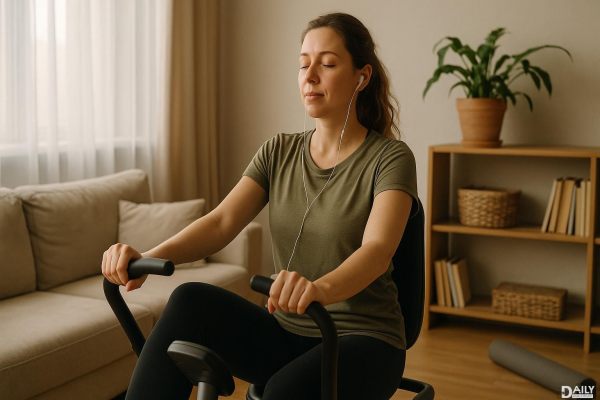Activating your glutes isn’t just some fitness buzzword—it’s a game-changer for how your body moves, feels, and performs. Think of your glutes as the powerhouse of your lower body. When they’re firing on all cylinders, everything from your posture to your workout efficiency improves. But when they’re lazy? That’s when problems like lower back pain, knee strain, and even hip tightness creep in. The good news? A few targeted exercises can wake those muscles up and keep them working the way they should.
Why Glute Activation Matters More Than You Think
Your glutes—made up of the gluteus maximus, medius, and minimus—are responsible for hip extension, rotation, and stabilization. In simpler terms, they help you stand tall, walk smoothly, and lift heavy things without wrecking your back. But thanks to modern life (read: sitting all day), these muscles often go MIA. "Dead butt syndrome" isn’t just a funny name—it’s a real issue where your glutes stop engaging properly, forcing other muscles to overcompensate. The result? A domino effect of aches and imbalances. The fix? Exercises that remind your glutes how to do their job.
The Best No-Equipment Glute Activation Moves
You don’t need fancy gear to wake up your glutes—just your bodyweight and a little floor space. These moves target all three glute muscles while improving stability and mobility. Pro tip: Focus on form over speed. Slow, controlled reps help your brain reconnect with those underused muscles.
Glute Bridges: The Ultimate Wake-Up Call
Lie on your back with knees bent and feet flat. Press through your heels to lift your hips toward the ceiling, squeezing your glutes at the top. Lower slowly. This move is a classic for a reason—it isolates your glutes without straining your lower back. For an extra challenge, try single-leg bridges or hold the top position for a few seconds.
Clamshells: Small Move, Big Impact
Side-lying clamshells are sneaky effective for the often-neglected gluteus medius. Lie on your side with knees bent and stacked. Keeping your feet together, lift your top knee like a clamshell opening. Controlled reps here prevent hip drop during walking or running, reducing knee stress.
Fire Hydrants: Because Your Glutes Deserve a Break
Start on all fours, then lift one knee out to the side (like a dog at a fire hydrant). Keep your core engaged to avoid rocking. This move targets hip abduction, which is crucial for balance and preventing IT band issues. Too easy? Add a resistance band above your knees.
Donkey Kicks: Not Just for Instagram
Another all-fours move, but this time, extend one leg straight back, driving through your heel. Avoid arching your back—think "belly button to spine" to keep it core-focused. Donkey kicks build strength for everything from stair climbing to deadlifts.
Lateral Band Walks (Even Without a Band)
Stand with feet hip-width apart, knees slightly bent. Take small steps sideways, staying low. No band? No problem—the movement alone forces your glutes to stabilize. This one’s a secret weapon for runners and anyone who spends hours on their feet.
Squats: But Make Them Mindful
Yes, squats work your glutes—if you do them right. Push your hips back first (like sitting in a chair), keep knees tracking over toes, and drive up through your heels. A common mistake? Letting your knees cave inward, which means your glutes aren’t fully engaged.
Single-Leg Deadlifts (Balance Bonus)
Stand on one leg, hinge at the hips, and lower your torso while extending the other leg back. This move challenges stability while hammering your glutes and hamstrings. Use a wall or chair for support if needed.
How Often Should You Do These?
Aim for 2-3 sessions weekly, either as a warm-up or standalone routine. Consistency beats intensity here—even 10 minutes of activation work can make a difference over time. Pair them with dynamic stretches for tight hip flexors to double down on results.
Glute activation isn’t just about building a perkier backside (though that’s a nice bonus). It’s about moving better, hurting less, and unlocking the strength you already have. So next time you’re about to skip your warm-up, remember: Your glutes are counting on you.
























